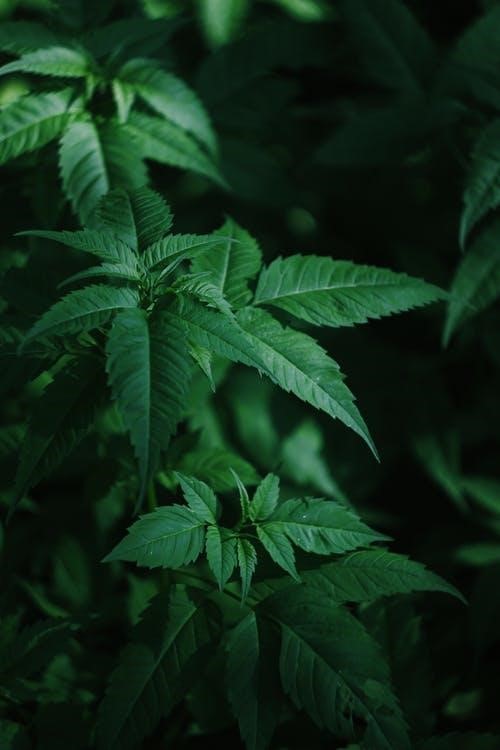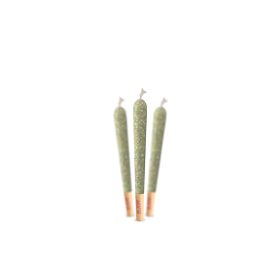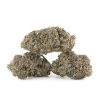If you’ve ever shopped around for cannabis at a dispensary or heard about strains in passing from friends, you may notice a few words stand out as common descriptors. The most common words you’ll hear, aside from slang, are the distinct grouping of the marijuana strains: sativa, indica, and hybrid.
Most weed consumers utilize these labels to determine how a specific strain will affect them. That’s because sativas and indicas offer unique differences that cater to different types of users.
Below, we’re sharing the difference between indica and sativa that you should know before you visit your local dispensary and try these strains for yourself!
- Aroma and Taste
When you have the opportunity to get in a dispensary and check these strains out, you can actually taste the difference between sativa and indica cannabis. Next time your friend offers you’re a few puffs, take a second to analyze the different flavors.
The indica group will tend to be sweeter in flavor, and you’ll find flavors on the market such as Sweet Skunk or Honey Cream. On the other hand, sativas are more pungent and earthy in taste, with names along the lines of Sour Diesel.
However, sativas smell more delicate and flowery compared to the skunky and pungent aroma profile of indicas. People around you will know if you have indica or sativa in your pocket based on the scent.
- Genetics and Origins
Cannabis plans are believed to have first originated from either Siberia or China. The first discovered strain was cannabis sativa by Carl Linnaeus in 1753, while cannabis indica wasn’t discovered until 1785 by Jean Baptiste Lamarck.
Both of these strains are used today for
the creation of hybrid blends. Hybrids tend to be notably more adaptive because
of their combination of genetics between the two parent strains. Sativa strains
contain more THC while Indica plants contain the precursor for CBD.
However, both strains standalone when it comes to genetics. Sativa contains considerably less THC compared to indica. One study found that the gene sequences between the two in the THCA (tetrahydrocannabinolic acid) synthase are quite different as well.
- Plant Region
While you won’t need to use this particular information when purchasing your cannabis bud, it doesn’t hurt to know where the plant came from:
Let’s start with indicas. This strain originated in the Middle East and other dry areas. Because they are used to dry regions, they don’t handle humidity well. This causes them to develop sooner and have shorter flowering spans to avoid any molding during the fall. Many growers find this a good selling point, which is why there is such high demand for pure sativas.
On the other hand, sativas thrive in equatorial climates such as Mexico, Columbia, and Southeast Asia. These plants have adapted to the humidity in these climates, which is unfortunately a consequence of their evolutionary adaptations. These grow tall yet have very slender leaves.
- Appearance
The physical appearance of these two parent strains differ: indicas are bushier and wider than sativas but also shorter in height. They also have broad leaves so they can catch sunlight more easily. Hybrid strains can exhibit either of these sizes and shapes, or some combination of all the different traits.
See below the difference in leave shape between Indica (first image) and Sativa (second image) cannabis plants.

- Buds
Because most strains on the market are hybrids nowadays, it can be tricky to tell which dried herb is which. But there are a few things you can look out for to make an educated guess.
If you’re looking at your purchased bag and it appears as if you were given some bonus weed, don’t feel lucky quite yet. This is probably a sativa bud, which are less dense and wispier – so they usually look like more visually.
- Effect
Knowing the bud type that you’re smoking will help you plan your smoke session activity of choice. For example, indicas are known for being relaxing and sedating and offer a full-body high. This means you’ll most likely benefit from chilling out and listening to music or taking a nap on the couch.
Sativa, on the other hand, is a more cerebral and energized high. This strain is more recommended for taking adventures or getting some personal work done around your home.
- Medical Use/Symptom Relief
Both sativas and indicas have been successfully used to treat various medical ailments such as loss of appetite, nausea, and pain. However, one might do the job better than the other.
Use sativas for treating anxiety and insomnia and save indicas for treating chronic aches and pains.
- Strain Names
There’s a ton of different names out there today. Celebrities such as Ray Charles, Snoop Dogg and Bob Marley even have strains named after them. However, there is a common nickname given to each strain that you should be familiar with.
Indicas are associated with the name Kush, as it is common belief that these strains first originated around the Hindu Kush mountains. Sativas are usually named Haze.
- Terpene Components
Terpenes are substances within cannabis that are responsible for both the scent and flavor of the buds. Terpenoids are components that are chemically related to terpenes, which are components of a lot of different trees. These are known for providing flavor to all kinds of household spices such as ginger and cinnamon.
Sativa and indica strains have different terpene makeups to give each strain their distinctly different tastes and scents. Sativas have higher concentration of terpenes, like pinene, which leads to a more uplifting experience. Indicas have a high level of myrcene, which acts as a sedative.
- Yield Size
The yield size between these two strains varies greatly, and obviously this can play a distinct role in the harvest results. Indica strains have a shorter flowering time and yield anywhere from 1.5-2 ounces per cannabis plant. Sativas have a high flowering time and range from 3 ounces to as much as 1 pound per cannabis plant.
Conclusion
Knowing how to tell the difference between indica and sativa is crucial – you’ll know right off the bat how each strain you’re considering varies in terms of medical and recreational use. You’ll also know how well they might grow in specific locations, if you are in the market to grow yourself.
We recommend becoming as familiar with each strain as you can to increase your knowledge and bring home your favorite cannabis!














